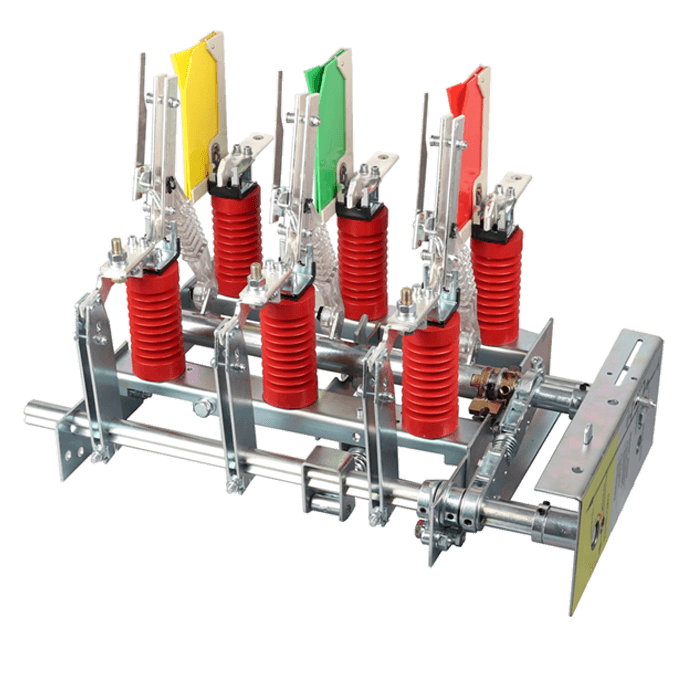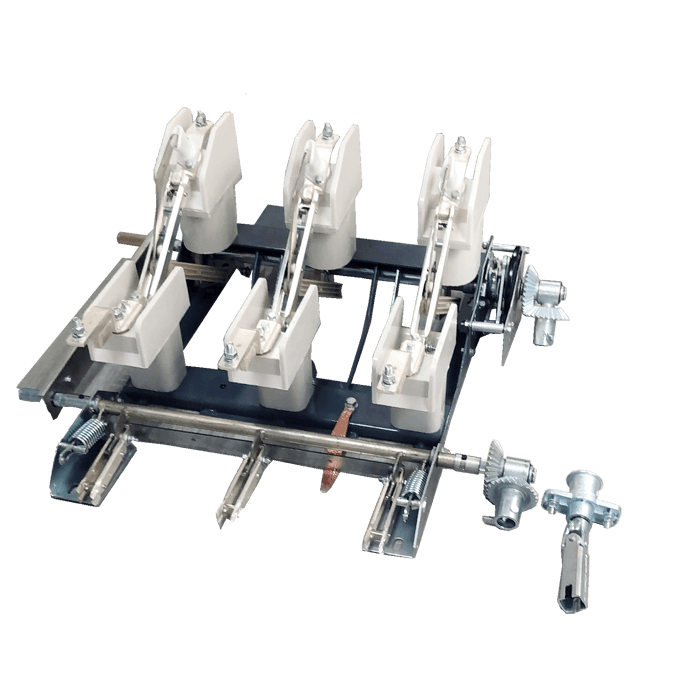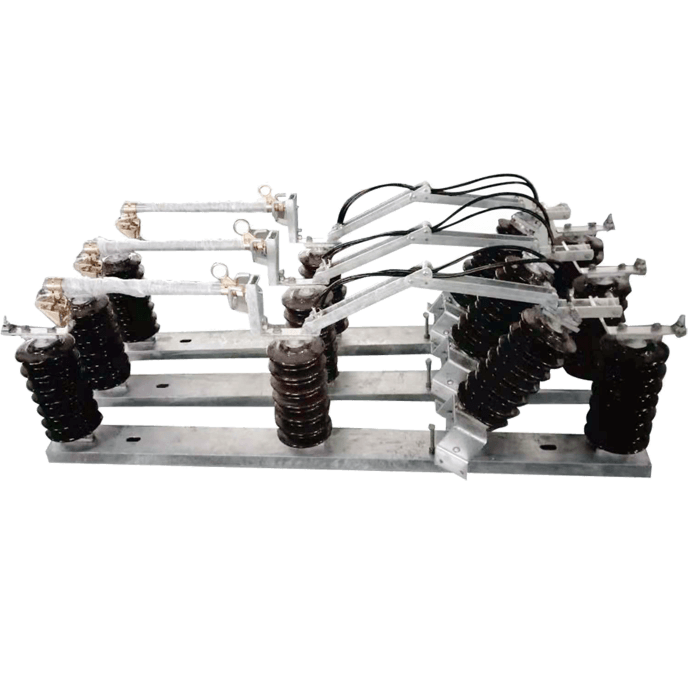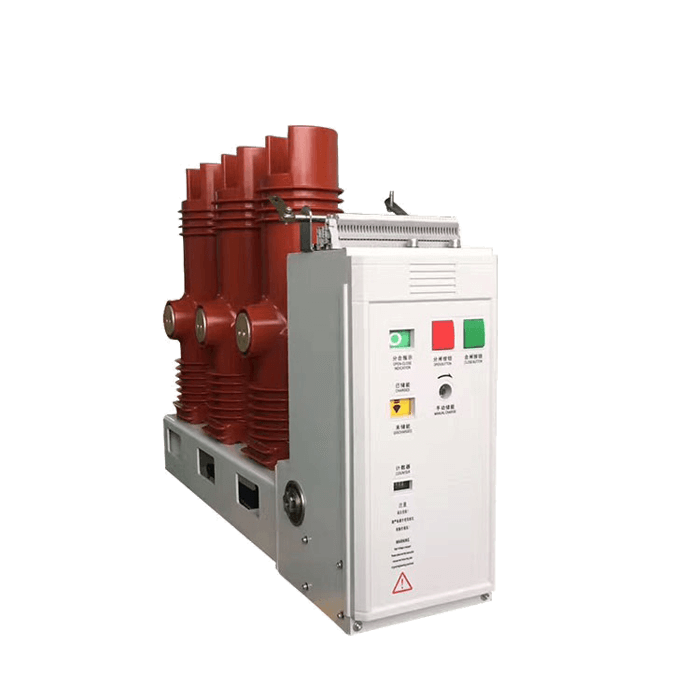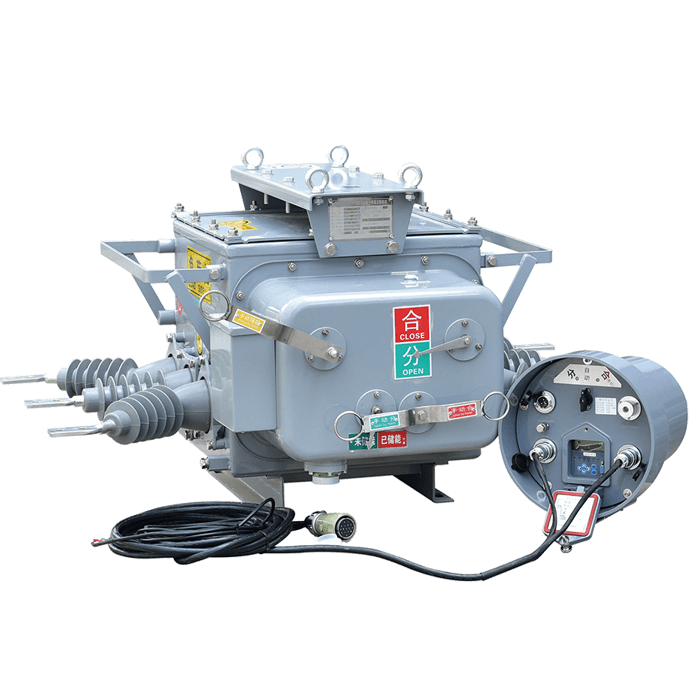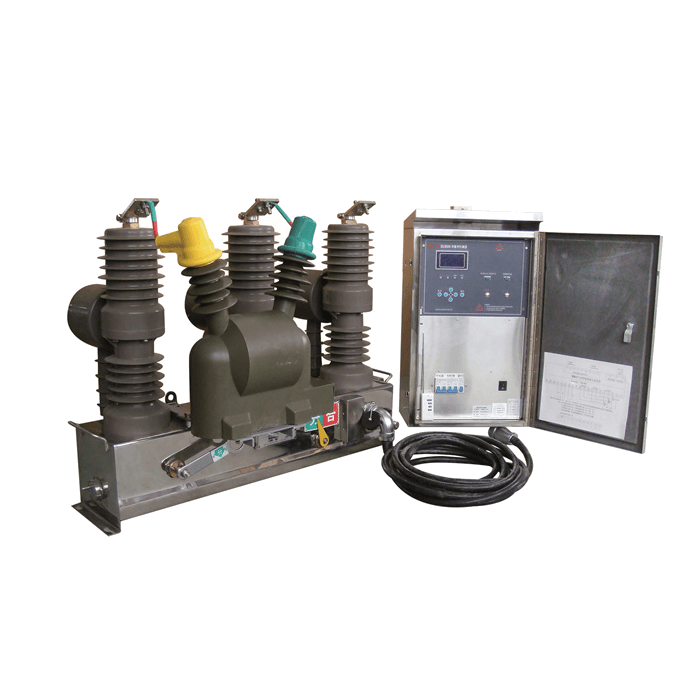Trends in SF6-Free Switchgear: The Future of Sustainable Electrical Distribution
Trends in SF6-Free Switchgear: The Future of Sustainable Electrical Distribution
Introduction
Sulfur hexafluoride (SF₆) has been widely used in medium- and high-voltage switchgear due to its excellent insulating and arc-quenching properties. However, SF₆ is a potent greenhouse gas with a global warming potential (GWP) 23,500 times higher than CO₂. Growing environmental regulations and sustainability goals are driving the shift toward SF6-free switchgear (also called SF6-free gas-insulated switchgear, GIS or clean air switchgear).
Key Trends in SF6-Free Switchgear
1. Regulatory Pressure and Environmental Concerns
The EU F-Gas Regulation (2024 updates) restricts SF₆ use, pushing manufacturers to adopt alternatives.
The Kyoto Protocol and Paris Agreement target SF₆ phase-out in electrical equipment.
Utilities and industries are adopting carbon-neutral policies, favoring SF6-free solutions.
2. Alternative Insulating Gases & Technologies
Dry Air (Clean Air):
Compressed air with nitrogen or oxygen mixtures offers a zero-GWP solution.
Used in ABB’s AirPlus™ and Siemens’ Blue GIS.
Fluorinated Nitrile (g³ Gas by GE & 3M):
A synthetic gas with ~99% lower GWP than SF₆.
Already deployed in grid applications.
Vacuum & Solid Insulation:
Vacuum interrupters combined with solid insulation reduce gas dependency.
Used in Schneider Electric’s SM AirSeT™ and Hitachi’s SF6-free switchgear.
3. Advancements in Design & Performance
Compact and Modular Designs:
New insulation materials allow smaller footprints without SF₆.
Digital Monitoring & Smart Switchgear:
IoT-enabled sensors improve predictive maintenance.
Higher Voltage Applications:
Previously limited to medium voltage (up to 40.5 kV), but now expanding to 145 kV.
4. Market Adoption & Industry Leaders
ABB, Siemens, Schneider Electric, GE, and Eaton lead in SF6-free switchgear development.
Utilities like E.ON, RWE, and National Grid are piloting SF6-free solutions.
Data centers, renewables (wind/solar farms), and urban grids are early adopters.
Challenges & Future Outlook
Higher initial costs compared to SF₆ switchgear (though lifecycle costs may balance out).
Performance under extreme conditions (e.g., high humidity, pollution) needs validation.
Standardization & global regulations must align to accelerate adoption.
Conclusion
The transition to SF6-free switchgear is accelerating due to environmental policies, technological advancements, and corporate sustainability goals. While challenges remain, the industry is moving decisively toward clean air, fluorinated nitriles, and vacuum-based solutions as the future of switchgear. Companies investing in these technologies today will lead the next generation of green electrical infrastructure.


